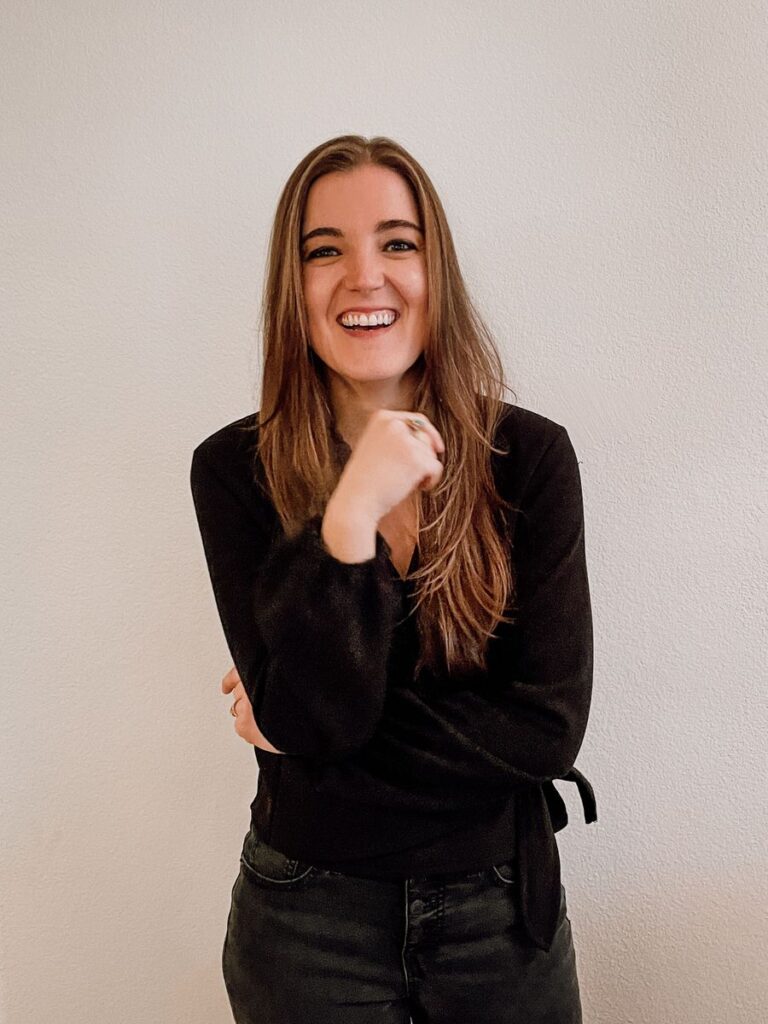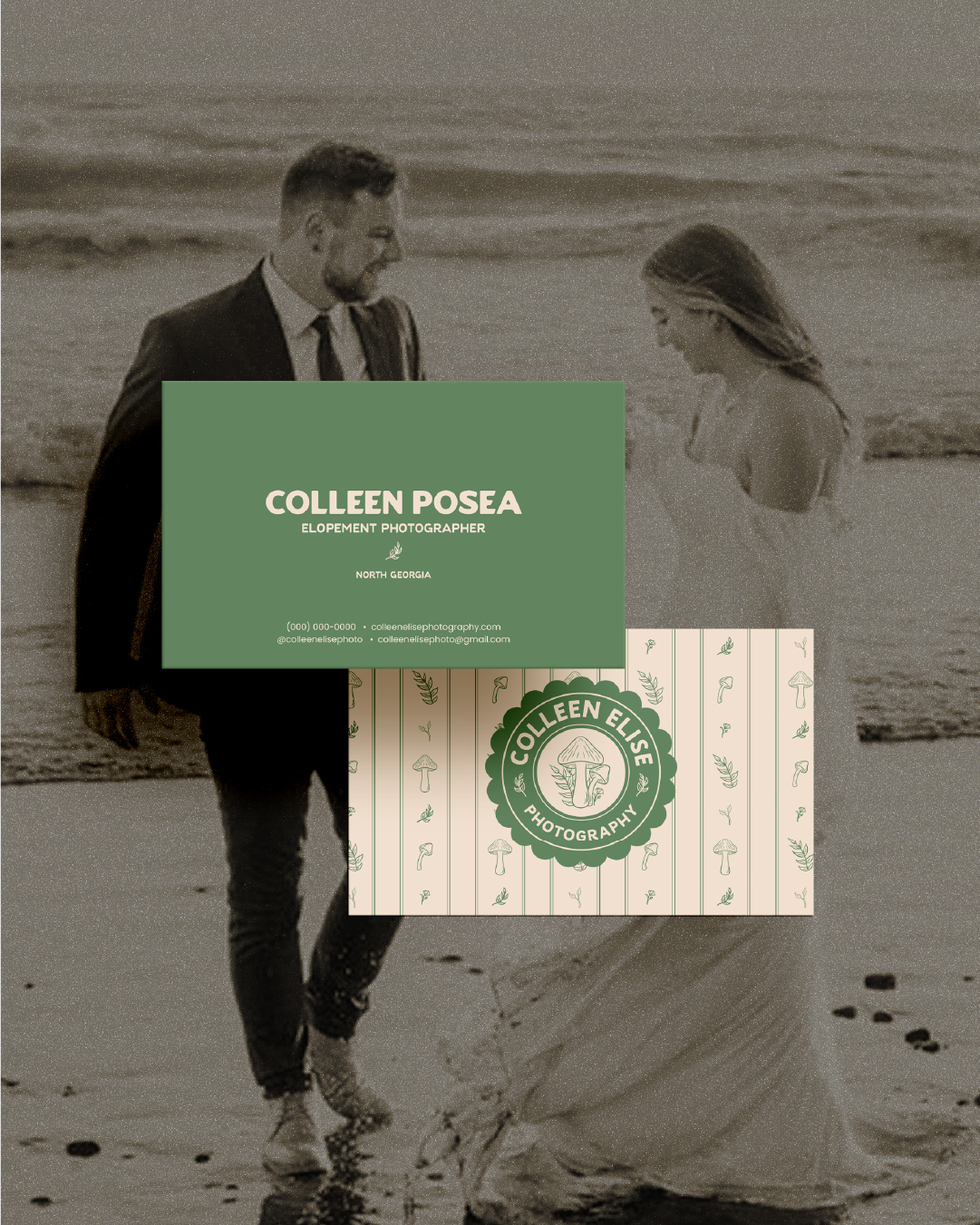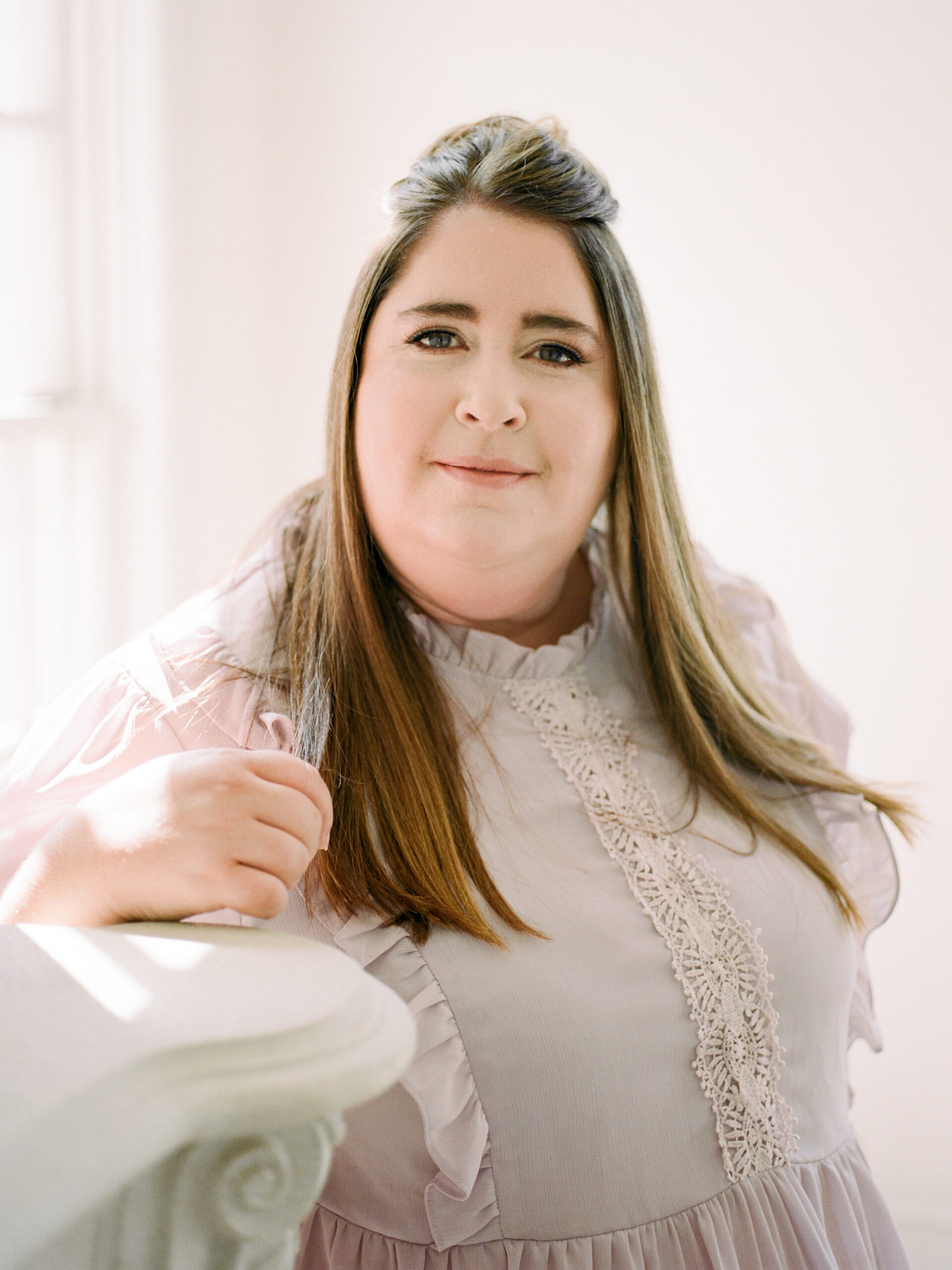As a photographer, your portfolio is often the first thing potential clients see. It showcases your style, your technical skill, and the beauty of your work. But in an increasingly saturated market, having stunning photos isn’t always enough to stand out. That’s where case studies come in—a powerful tool that goes beyond the gallery to showcase your expertise, process, and ability to solve unique challenges.
Let’s dive into why case studies are essential, what they can do for your business, and how to create them.
What Are Case Studies, and Why Do They Matter?
Case studies are in-depth stories that highlight not just your work but how you work. They go beyond showcasing your photography style to illustrate how you navigate real-life challenges, meet client needs, and provide a stellar experience. For wedding photographers, in particular, case studies can help clients envision what working with you might be like on one of the most important days of their lives.
Unlike a traditional gallery, which focuses on the finished product, case studies show the process behind the photos. They’re your opportunity to tell potential clients:
- “Here’s how I solve problems.”
- “Here’s why my process is designed to make your day stress-free.”
- “Here’s what sets me apart from the rest.”
Why Case Studies Work Better Than Galleries Alone
1. They Build Confidence
When couples plan their weddings, they’re not just hiring someone to take photos. They’re trusting you to capture moments they’ll never get back. Case studies allow you to demonstrate the thought, preparation, and problem-solving skills you bring to the table.
For example, you can share how you ensured breathtaking outdoor shots during a rainstorm by scouting alternate locations and recommending clear umbrellas in advance.
This kind of preparation shows clients you’ve thought of every detail—even the unexpected.
2. They Solve Client Objections
One of the most common objections photographers face is price. When clients compare photographers based solely on style, the cheapest option often wins. Case studies shift the focus from price to value by showing potential clients exactly why you’re worth the investment.
For example, if your case study explains how you guided a couple through planning family photos for a wedding with 100+ guests or captured candid moments at a minimalist elopement, it’s clear that your services extend far beyond just showing up and snapping pictures.
3. They Attract Dream Clients
When clients see themselves in your work—whether it’s through a story about how you posed a plus-size bride to make her feel confident or how you captured natural, candid moments for a couple who didn’t want anything too staged—they’re more likely to say, “That’s exactly what I’m looking for.”
Case studies show potential clients that you’re not just any photographer. You’re their photographer.
What to Include in a Case Study
The key to a great case study is making it specific and relatable. Here’s what to include:
- The Client’s Vision
What did the couple or family want? Did they want dramatic, editorial-style shots? Natural, candid moments? A solution for navigating a chaotic schedule? Highlight their unique requests or concerns. - The Challenge
Every wedding or photoshoot has its obstacles. Maybe it rained during an outdoor ceremony, or the couple had a massive family to organize for portraits. Share the challenge in a way that emphasizes your adaptability and problem-solving skills. - The Solution
This is your chance to show off your expertise. What did you do to meet their needs or overcome the challenge? For example, did you:- Scout alternative locations for weather issues?
- Help the couple organize a photo list to prioritize what mattered most to them?
- Bring a kit with essential items, like a lint roller or extra bobby pins, to save the day?
- The Results
Showcase the final images alongside the story of how they came to life. Include testimonials that highlight the client’s experience and satisfaction.
How to Make Your Case Studies Shine
Ask the Right Questions
When onboarding clients, ask about their priorities and concerns. This helps you deliver exactly what they’re looking for and gives you the material you need to create compelling case studies later. For example:
- “What’s the one photo you absolutely need?”
- “What’s most important to you about this day?”
You can also collect insights post-wedding. Ask specific questions like:
- “What stood out to you about my process?”
- “How did I make your day easier or more enjoyable?”
Highlight Your Unique Approach
Your case studies should show what makes you different. For example:
- If you’re a posing pro, share how you helped a nervous couple feel natural and confident in front of the camera.
- If you’re hyper-organized, highlight how you ensured no detail was overlooked, from capturing a bride’s personalized denim jacket to coordinating with other vendors.
Case Studies in Action: Examples That Stand Out
- Rainy Day Weddings: Share the story of how you helped a couple get stunning outdoor photos despite a downpour by bringing clear umbrellas and scouting backup locations.
- Diverse Couples and Families: Highlight how you posed and captured unique dynamics, like a same-sex couple’s intimate ceremony or a wedding with a blended family of 30+.
- The Unexpected Moments: Did an SD card malfunction? Share how you safeguarded their memories with rigorous backup systems.
These stories don’t just build trust—they also help clients envision how you’d handle their unique circumstances.
Why Testimonials Are Key
Case studies are even more powerful when paired with client testimonials. Instead of generic praise, ask clients for feedback on specific aspects of your process. For example:
- “What was the most helpful part of working with me?”
- “What did I do that exceeded your expectations?”
Detailed testimonials, such as “Our photographer thought of everything, even clear umbrellas for our rainy wedding day,” reinforce the value you bring and make your case studies more impactful.
Now You Know How to Create a Case Study
Case studies are more than just marketing—they’re a way to build trust, showcase your expertise, and attract clients who truly value what you bring to the table. By focusing on your process and unique solutions, you can stand out in a crowded market and book the kinds of clients you genuinely love working with.
Start collecting stories from past clients and crafting case studies that tell the full story of your work. Because when it comes to photography, it’s not just about the photos—it’s about the experience you create and the memories you preserve.

About Jocelyn:
In this episode, Jessie and Jocelyn talk about the importance of case studies for photographers. They highlight how case studies can help photographers attract their ideal clients, showcase their expertise, and differentiate themselves from the competition. Case studies go beyond traditional galleries and instead focus on specific situations, unique elements, and the photographer’s process.
Jocelyn’s Links:
Check out these posts next:
- How to Use AI in Business Authentically with Kinsey Soderberg
- Social Media Management and The Rise of Wedding Content Creators with Mimi Lebourgeois
- Creator Brand Archetype Examples for Photographers - October 28, 2025
- Everyperson/Everyman Brand Archetype Examples for Photographers - October 9, 2025
- Jester Archetype Brands: Examples for Photographers - September 23, 2025
11/22/24
Published On:
Krystianna Pietrzak






